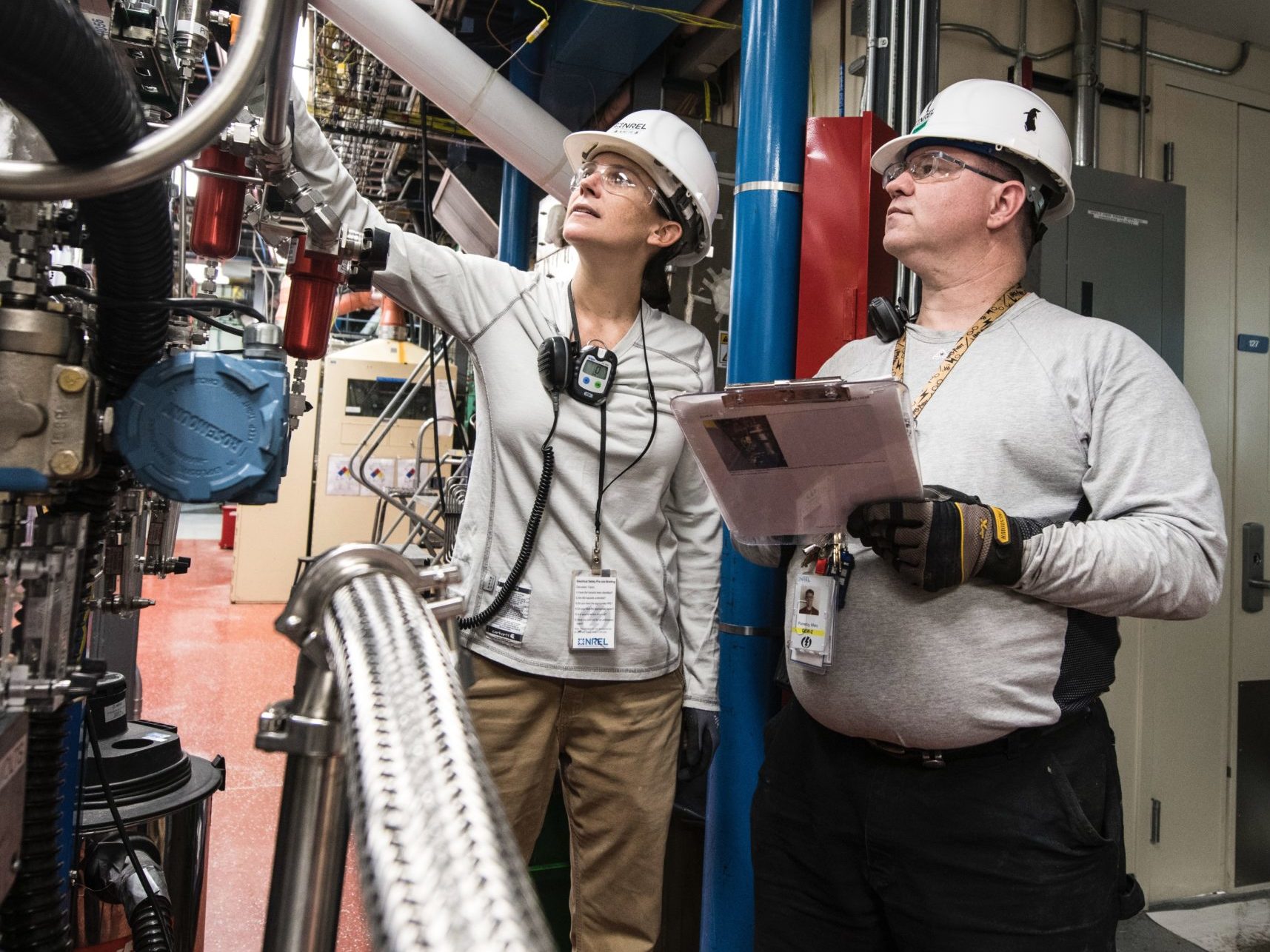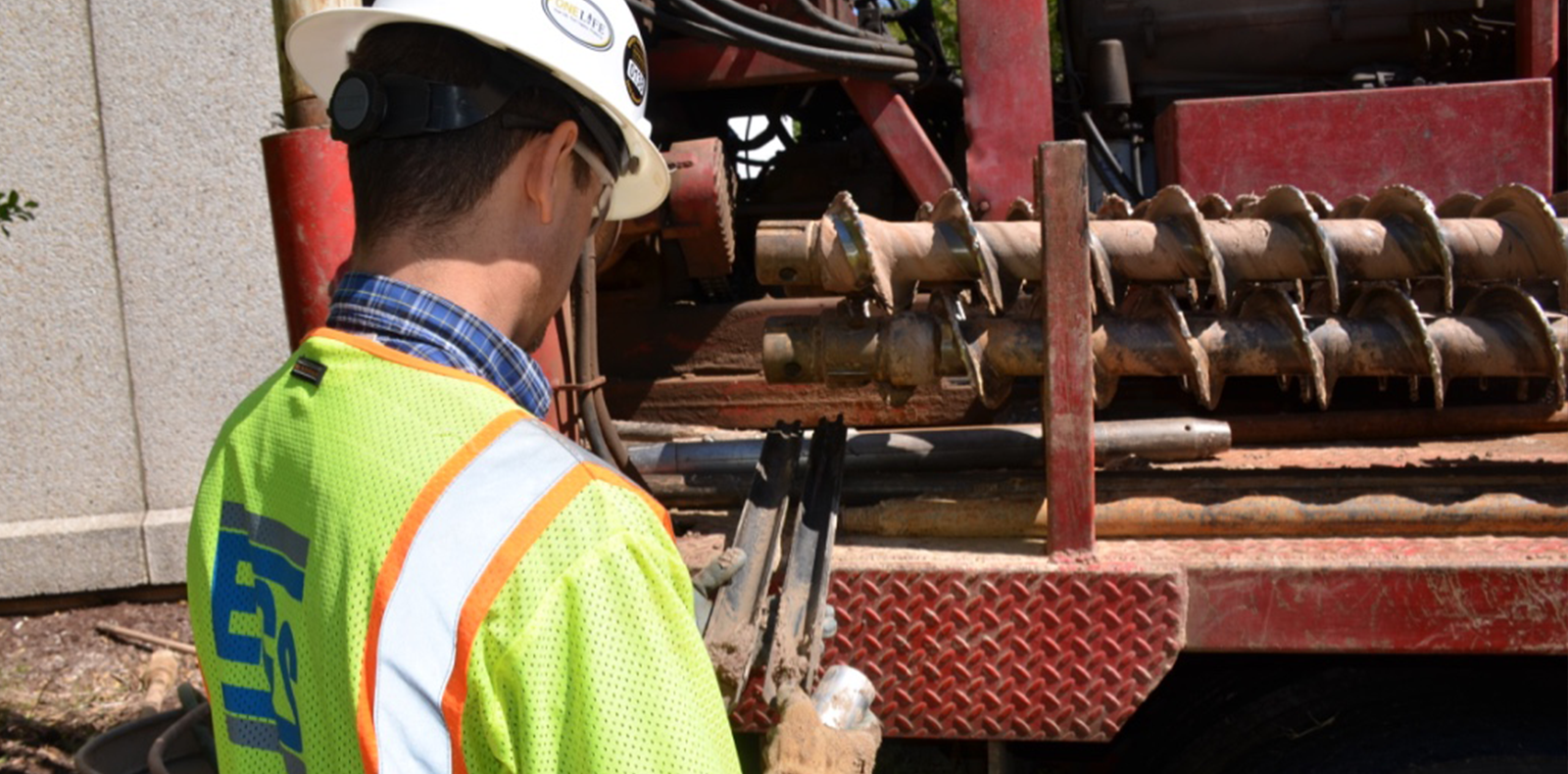The Influence of New Technologies on the Geotechnical Industry
The Influence of New Technologies on the Geotechnical Industry
Blog Article
The Essential Contributions of Geotechnical Engineers in Assessing Dirt Actions and Foundation Layout for Sustainable Infrastructure Development
Geotechnical designers serve as a keystone in the realm of sustainable facilities advancement, where their expertise in analyzing dirt actions straight affects the safety and long life of frameworks. By employing sophisticated methods such as Conventional Infiltration Examinations and Cone Penetration Screening, they thoroughly evaluate dirt residential or commercial properties, bring about notified decisions on structure design. These assessments not just reduce dangers related to differential settlement but additionally lead the way for ingenious, ecologically conscious techniques. As we discover the important role they play, the implications of their payments increase crucial concerns concerning the future of facilities strength and sustainability.
Duty of Geotechnical Engineers

In enhancement to site examinations, geotechnical engineers examine prospective dangers such as soil liquefaction, slope stability, and groundwater problems. They apply advanced engineering concepts to establish solutions that reduce these threats, making sure that layouts comply with relevant codes and requirements. Their work usually involves cooperation with various other engineering techniques, engineers, and environmental researchers to develop incorporated methods to framework development.
Furthermore, geotechnical engineers add to lasting techniques by advertising the use of materials and approaches that minimize ecological effect. Via their thorough understanding of soil auto mechanics and geology, they play a crucial role in cultivating risk-free, resilient, and sustainable facilities that meets the requirements of society while securing the environment.
Soil Behavior Assessment Methods
Comprehending dirt behavior is fundamental to informed decision-making in geotechnical engineering, as it straight affects the layout and building and construction procedures. Numerous analysis strategies are employed to assess soil buildings, ensuring accurate predictions of its performance under various loading problems.
One main technique is the Typical Penetration Test (SPT), which gives understandings right into dirt density and consistency with the resistance run into throughout penetration. Similarly, Cone Penetration Screening (CPT) supplies a constant profile of soil stratification and in-situ toughness criteria, making it possible for an extra comprehensive understanding of subsurface conditions.
Research laboratory examinations, such as Atterberg limitations, unconfined compressive toughness, and triaxial tests, are crucial for characterizing soil behavior under controlled conditions. These tests facilitate the resolution of important specifications, consisting of shear leaks in the structure, toughness, and compressibility.

Foundation Design Principles
Structure style concepts are vital for making sure the stability and long life of frameworks, as they determine exactly how loads are sent from the superstructure to the underlying dirt. These concepts encompass different factors to consider, consisting of load-bearing capability, negotiation, and lateral stability. A thorough understanding of soil technicians is important for geotechnical engineers to review the communication in between the structure and the dirt.
One trick principle is the appropriate choice of structure kind, which might consist of superficial structures, such as spread footings, or deep structures, like stacks or caissons, depending upon dirt conditions and structural tons - geotech engineer. The foundation should be made to lessen differential negotiation, which can result in structural damages

Sustainable Facilities Practices
Exactly how can we efficiently incorporate sustainability right into facilities methods? To achieve this, it is crucial to embrace an all natural method that highlights the connection in between geotechnical design and environmental stewardship. Sustainable facilities methods begin with extensive website assessments, which review dirt behavior, neighborhood communities, and source schedule. By understanding these elements, designers can develop styles that reduce environmental effect while maximizing product usage.
Additionally, using innovative building and construction strategies, such as using recycled materials and low-impact structures, considerably lowers the carbon impact of infrastructure jobs. Geotechnical designers play a critical duty in picking ideal products that boost view durability and sustainability, such as using geo-synthetics to boost soil stability and minimize erosion.
Additionally, sustainable infrastructure techniques need recurring surveillance and upkeep to guarantee that frameworks continue to be resilient gradually. This consists of executing adaptive monitoring techniques to address prospective environmental adjustments. Cooperation among stakeholders-- consisting of designers, regional communities, and policymakers-- is vital for integrating sustainability goals right into project preparation and execution. Eventually, these techniques not only contribute to the long life of frameworks however likewise promote a much healthier setting, aligning framework advancement with broader sustainability purposes.
Case Studies and Applications
Situation research studies in geotechnical engineering offer beneficial understandings into the practical applications of soil habits and lasting framework practices. One remarkable example is the construction of the Burj Khalifa in Dubai, where substantial soil screening and analysis were carried out to evaluate the special obstacles posed by the area's loose sand and high water table. Geotechnical designers employed progressed strategies such as vibrant probing and cone infiltration screening to identify the soil's load-bearing ability, eventually bring about the design of a deep foundation system that sustains this famous structure.
One more essential case is the remediation of the San Francisco-Oakland Bay Bridge after the 1989 Loma Prieta quake. Geotechnical evaluations disclosed the demand for dirt stablizing techniques, consisting of grouting and dirt nailing, to improve the seismic resilience of the structure. These interventions not just improved the bridge's safety however likewise added to its long life and sustainability.
Such instance research studies exhibit exactly how geotechnical designers play a crucial role in understanding dirt habits and using ingenious options to make certain the architectural stability and sustainability of facilities projects. geotechnical industry. Their competence is essential in addressing the facility challenges presented by numerous soil conditions throughout varied geographic locations
Final Thought
To conclude, the payments of geotechnical engineers are essential for the evaluation of dirt behavior and the style of foundations, which are necessary for lasting infrastructure advancement. With the application of sophisticated screening methods and innovative materials, these specialists make certain the stability and safety of structures while reducing environmental impacts. The integration of lasting techniques promotes resilience in facilities tasks, highlighting the importance of partnership among stakeholders to attain reliable building and construction solutions that fulfill both ecological and social demands.
Geotechnical designers serve as a cornerstone in the world of lasting framework development, where their experience in evaluating dirt behavior directly influences the security and long Going Here life of frameworks.Geotechnical look at this now engineers play a vital duty in the style and building of framework by analyzing soil and rock habits to guarantee security and safety and security. A comprehensive understanding of dirt technicians is necessary for geotechnical engineers to examine the interaction in between the soil and the foundation.
Geotechnical evaluations exposed the requirement for dirt stabilization techniques, consisting of grouting and dirt nailing, to enhance the seismic strength of the structure.In final thought, the payments of geotechnical engineers are vital for the analysis of soil behavior and the design of structures, which are vital for sustainable facilities advancement.
Report this page